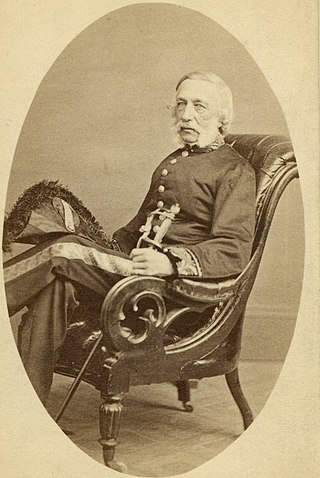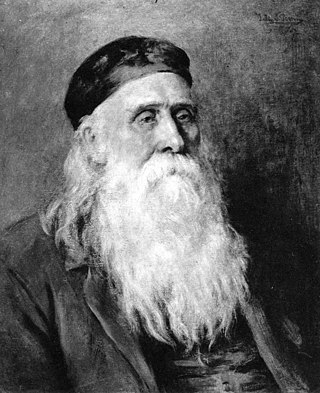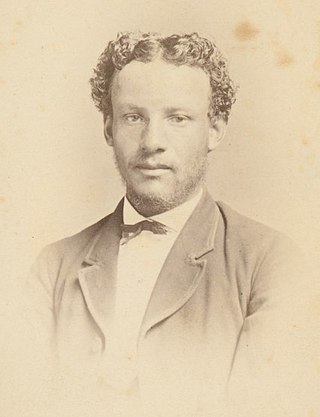
The Royal Adelaide Show is an annual carnival and agricultural show run by the Royal Agricultural and Horticultural Society of South Australia. It is held at the Adelaide Showground, a dedicated venue located in Wayville, a suburb of Adelaide, South Australia.

William Wyatt was an early settler and philanthropist in South Australia. He was the third interim Protector of Aborigines in the colony between 1837 and 1839, worked on documenting the Kaurna language of the local Australian Aboriginal inhabitants of Adelaide and was a member of many boards, involved with fields as diverse as education, medicine and horticulture.

Wasleys is a small town north-west of Gawler, South Australia. Roseworthy College is located around 6 km (3.7 mi) south of the town. At the 2016 census, Wasleys had a population of 348.

Sir John Morphett was a South Australian pioneer, landowner and politician. His younger brother George Morphett was also an early settler in South Australia.

John Ridley was an English miller, inventor, landowner, investor, farming machinery manufacturer, farmer and preacher who lived in Australia between 1839 and 1853. He is best known for the development, manufacture and invention of "Ridley's Stripper", a machine that removed the heads of grain, with the threshing being done later by a separate machine. The suburb of Ridleyton in the city of Adelaide, Australia was named for him.

John Barton Hack was an early settler in South Australia; a prominent farmer, businessman and public figure. He lost his fortune in the financial crisis of 1840 and despite his best efforts, never regained anything like his former influence and prosperity. His son Theodore Hack, younger brother Stephen Hack and nephew Wilton Hack were all figures of some significance in the history of the Colony.
Joseph Whittaker was a British botanist who visited South Australia in 1839. Whittaker has 300 plants from that trip in Kew Gardens and a large collection of pressed British plants in Derby Museum and Art Gallery.
Francis Clark and Son was an engineering business in the early days of South Australia, which later became Francis Clark and Sons.

Caroline Carleton was an English-born South Australian poet who is best known for her prize-winning poem Song of Australia, which, put to a tune by Carl Linger was used as a patriotic song in South Australian schools and elsewhere, and one of four in a national plebiscite to select a National Song in 1977.

John Stokes Bagshaw was a manufacturer of agricultural machinery in South Australia.
Alexander James "Alick" Murray was a pastoralist and sheep breeder of South Australia.

George McEwin was a gardener and orchardist in the early days of South Australia, remembered today as the founder of Glen Ewin jams and preserves.
A list of Royal Agricultural and Horticultural Society shows and other functions arranged chronologically:
John Creswell, often known as "Jack", was a South Australian businessman chiefly remembered for his contribution to the sports of cricket and Australian rules football, but who made his mark in various other fields in a short but vigorous life.

John Finnis, generally known as "Captain Finnis", was a seaman who is remembered for his association with Charles Sturt in the colonial period of South Australia.
Thomas Burr (1813–1866), surveyor and mine manager, was a British explorer and Deputy Surveyor General of South Australia 1839–46.

John Harvey was a farmer, horse breeder and politician in the early days of the colony of South Australia. He is remembered as the founder of the town of Salisbury, South Australia.
William Hampden Dutton, generally known as Hampden Dutton, was a pioneering pastoralist in New South Wales and South Australia.
Lieutenant George Frederick Dashwood RN, frequently referred to as "Captain Dashwood", was a naval officer, public servant and politician in South Australia. He was appointed an acting member of the Legislative Council of South Australia, serving from June 1843 to June 1844.
Robert Haining was the first Church of Scotland minister in South Australia.











